Parts of a Flower
Vocabulary
Read the vocabulary terms to understand the reading better.
Flower
The flower is the part of the plant that blossoms and grows fruit and seeds so that new plants can grow.
Flower Bud
A flower bud is a small growth on a plant that later grows into a flower, leaf, or branch.
Sepals
Sepals are small green leaves on the outside of the flower bud that protect the flower growing inside.
Stamens
Stamens are the pollen producing part of a flower.
Petals
Petals are the coloured leaves of a flower.
Pistils
Pistils are located in the middle of the flower, where seeds grow inside.
Pollen
Pollen is a fine powder that wind and bugs carry to other plants so they can make seeds.
What do the different parts of a flower do?
Sepals
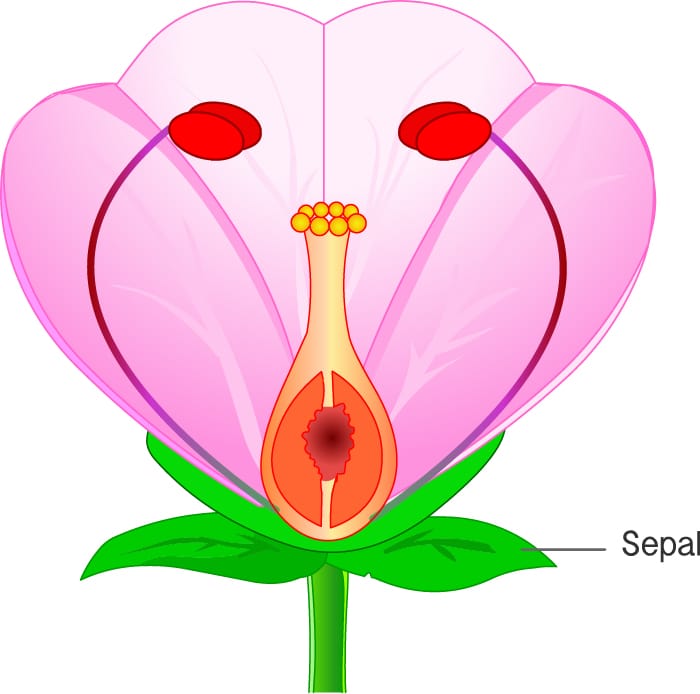
A flower starts out as a flower bud. On the outside of the flower bud are small green leaves called sepals. The sepals protect the flower growing inside.
When the flower blooms, you can see the sepals at the bottom of the flower.
Petals
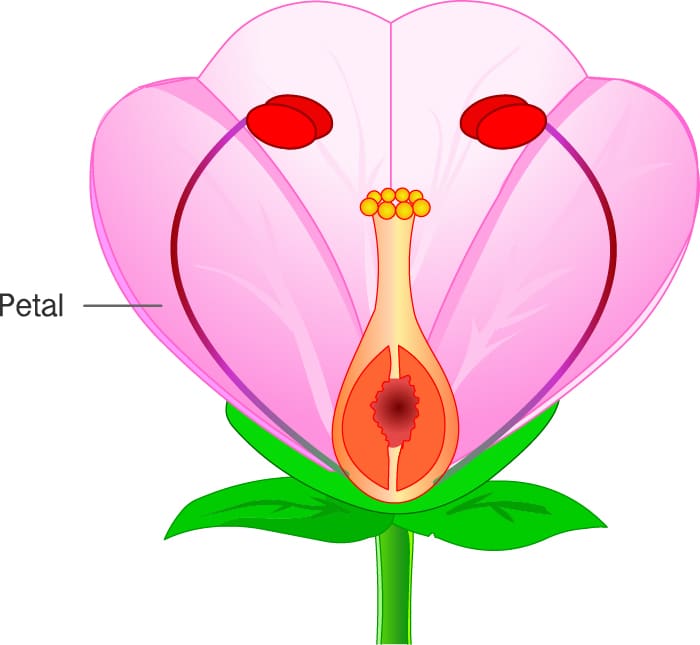
Some flowers have large petals, and some have small petals. The petals are often brightly coloured. The petals can make birds and insects want to come to the flower.
Pistil
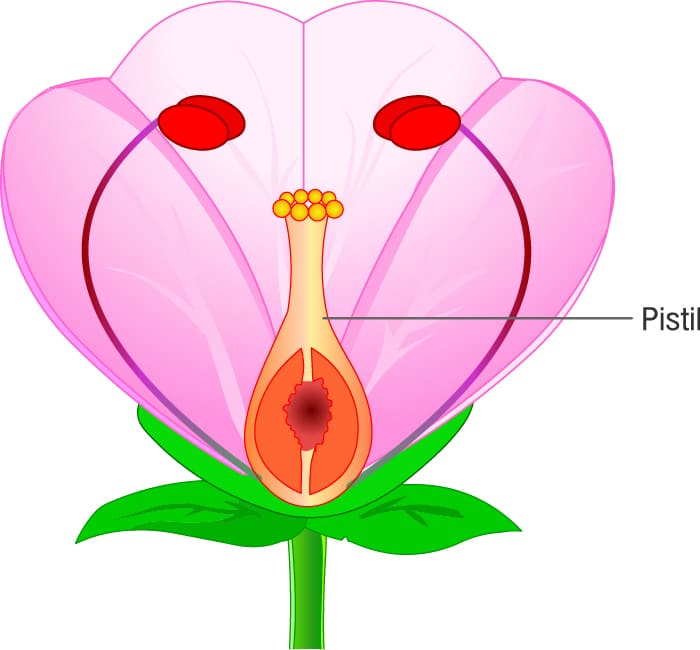
The pistil is in the middle of the flower. At the bottom of the pistil there is a thick part where seeds grow.
Stamens
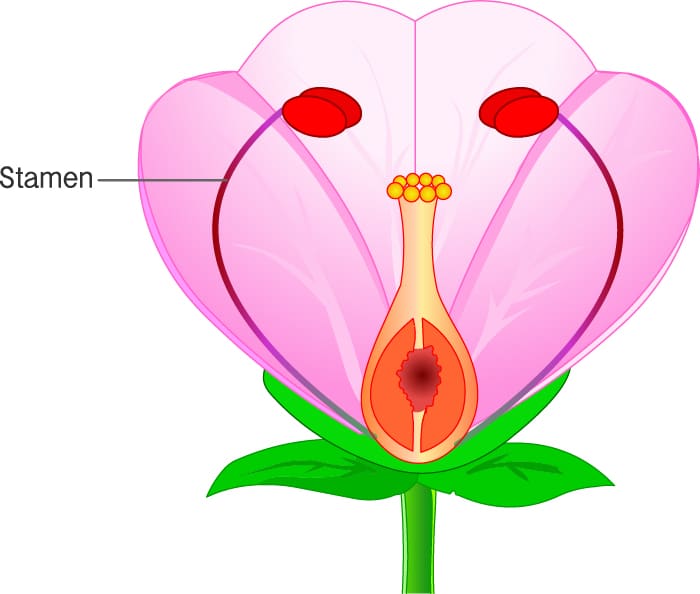
The stamens are long and thin. They grow all around the pistil. The top part of the stamen makes a powder called pollen. Pollen from the stamen gets on the top of the pistil. Then a seed grows in the pistil.

Making Seeds
A flower makes seeds. Pollen helps make the seeds. Pollen must get from the stamen to the pistil. How does this happen? Wind can blow pollen from the stamens to the pistil. Or, insects can move the pollen. An insect might visit the flower and land on a stamen. Some pollen sticks to the insect’s feet and body. That pollen can rub onto the pistil when the insect passes it. Pollination happens when pollen gets on the top part of the pistil.
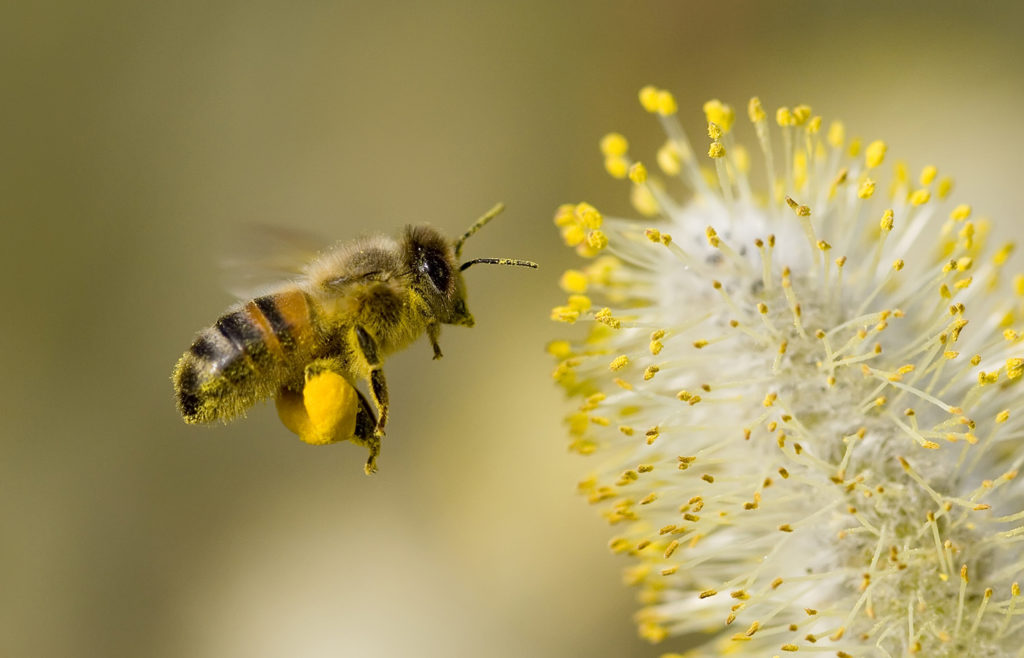
To learn more about the parts of a flower, watch the video by SciShow Kids on YouTube.
Show What You Know!
Complete some questions about the reading selection by clicking “Begin Questions” below.









